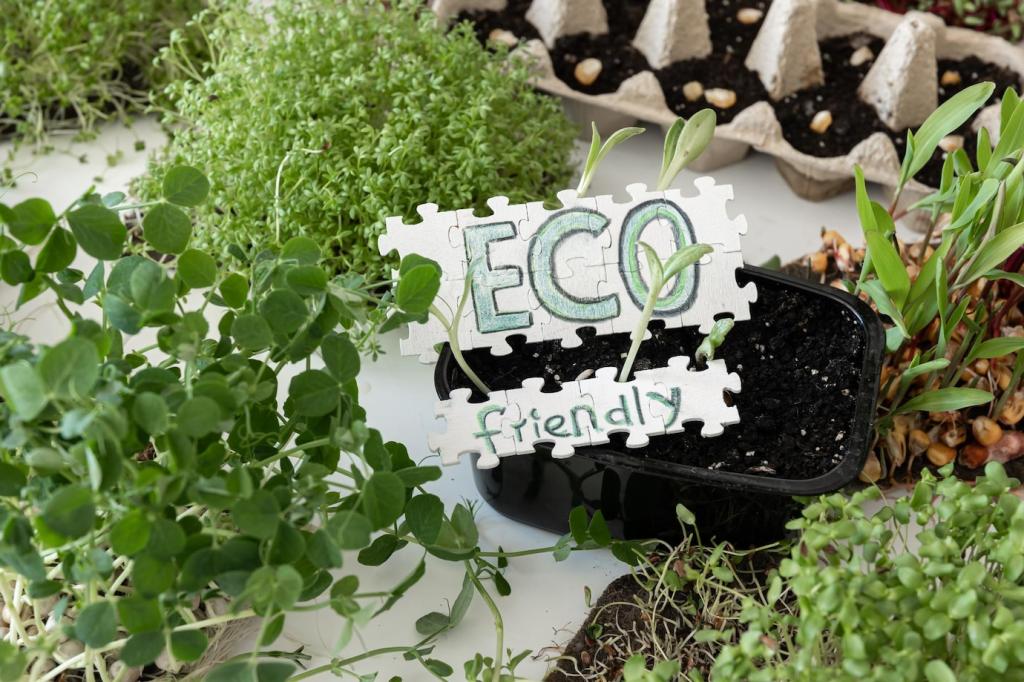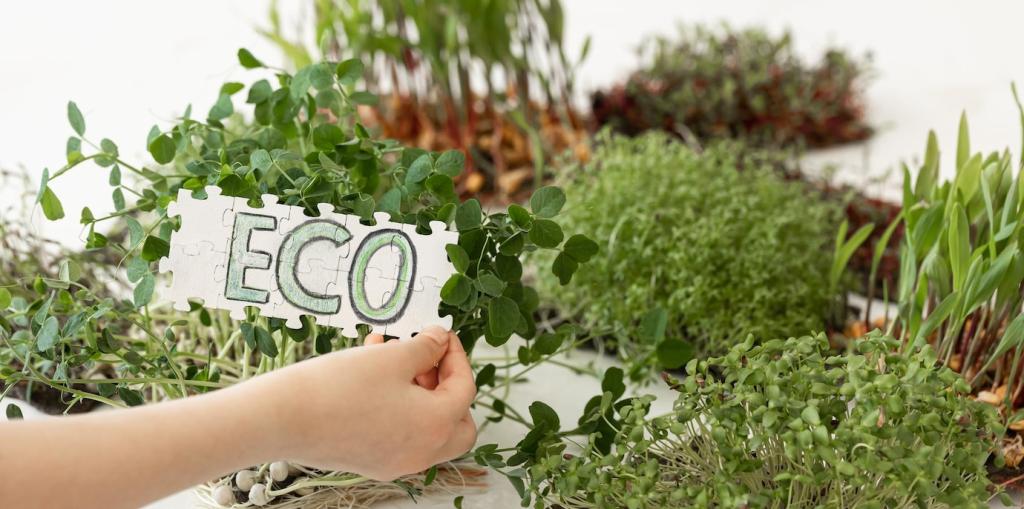Building Better: Sustainable Materials for Home Construction
Chosen theme: Sustainable Materials for Home Construction. Explore proven material choices, real-life stories, and practical guidance to create homes that tread lightly on the planet, feel healthier to live in, and endure beautifully. Join the discussion, ask questions, and subscribe for new insights.

Why Sustainable Materials Matter in Home Construction
Measuring Embodied Carbon, Not Just Energy Bills
Operational energy is only half the story; materials carry hidden emissions from extraction, processing, and transport. By favoring low-carbon options like timber, recycled metals, and SCM concrete, you reduce climate impact on day one. What metrics do you track? Tell us.
Healthier Homes Through Healthier Materials
Low-VOC finishes, formaldehyde-free panels, and natural plasters can improve indoor air quality and comfort. Families often notice fewer odors and headaches after switching. Have you tried healthier paints or sealants? Share results, and subscribe for our upcoming non-toxic materials checklist.
Responsible Sourcing and Transparent Documentation
Certifications like FSC, Declare, and EPDs reveal sourcing and impacts. Local procurement also trims transport emissions and supports regional economies. Which documents do you request from suppliers? Comment with your experience, and we’ll compile a community-vetted sourcing toolbox.





Rammed Earth Walls for Thermal Mass and Calm Interiors
Compacted layers of soil form walls that moderate daily temperature swings, especially in dry climates. Stabilizers may be added sparingly when needed. Have questions about formwork or local soils? Ask away, and we’ll highlight tested mix proportions soon.

Lower-Carbon Concrete with Supplementary Cementitious Materials
Replacing a portion of Portland cement with fly ash, slag, or calcined clays cuts emissions while preserving performance. Work with a ready-mix supplier who understands local codes. Share your mix ratios and results to help others make better, stronger choices.

Lime and Clay Plasters as Healthy, Repairable Finishes
Natural plasters regulate humidity, resist mold, and age gracefully. They are easy to patch, reducing long-term waste. Which textures do you prefer—smooth troweled lime or tactile clay? Comment your style, and subscribe for an application primer with tool recommendations.
Recycled and Reclaimed Resources
Reclaimed Timber with History and Soul
Old beams and floorboards offer dense, stable wood and unforgettable patina. Verify moisture content, species, and any prior treatments before installation. What story does your reclaimed piece tell? Post a photo or anecdote and inspire another builder’s next step.


Cellulose and Denim Insulation from Post-Consumer Fibers
Blown-in cellulose and recycled denim turn waste into thermal and acoustic performance. Ensure proper density and air sealing to prevent settling issues. Have you measured sound reduction or comfort improvements? Share your results, and follow for installation best practices.
Designing the Envelope for Sustainable Performance
Use smart membranes, taped sheathing, and careful penetrations to cut drafts while allowing assemblies to dry. This reduces mold risk and energy use. What blower-door target are you aiming for? Share your number and your favorite tape or membrane brand.

Managing Vapor, Dew Points, and Seasonal Shifts
Model assemblies to avoid hidden condensation, especially at transitions. Vapor-open plasters and ventilated rainscreens help materials dry safely. Have you tried hygrothermal simulations? Share your favorite tool, and we’ll compare outputs in a future tutorial.
Water-Smart Details that Protect Bio-Based Layers
Generous overhangs, capillary breaks, flashings, and kick-out details keep walls dry. Small moves compound into decades of resilience. Post your most reliable detail, and we’ll feature it with sketches so others can replicate your success across climates.
Maintenance Plans that Extend Material Life
Schedule inspections for sealants, finishes, and fasteners. Choose finishes that are repairable, not disposable. What annual checklist works for you? Share it, and subscribe for our community-sourced maintenance templates tailored to natural and recycled materials.
Costs, Incentives, and Long-Term Value

Durable, low-toxicity materials may cost more upfront but reduce maintenance, healthcare concerns, and replacement cycles. Track cash flow across decades, not months. Have a case study to share? Post your numbers, and we’ll anonymize insights for the community.
Stories from the Field: Homes Built with Sustainable Materials
In a snowy valley, a family built a CLT cabin with wool insulation and limewash. They reported quieter nights and steady temperatures. What’s your favorite winter comfort trick with natural materials? Share tips to help newcomers succeed their first season.
Stories from the Field: Homes Built with Sustainable Materials
A brick townhouse switched to cellulose, clay plasters, and wood-fiber boards. Indoor humidity stabilized, and dust levels fell. Which retrofit step changed your comfort most? Comment your before-and-after experience to guide others considering a gentle, breathable upgrade.
